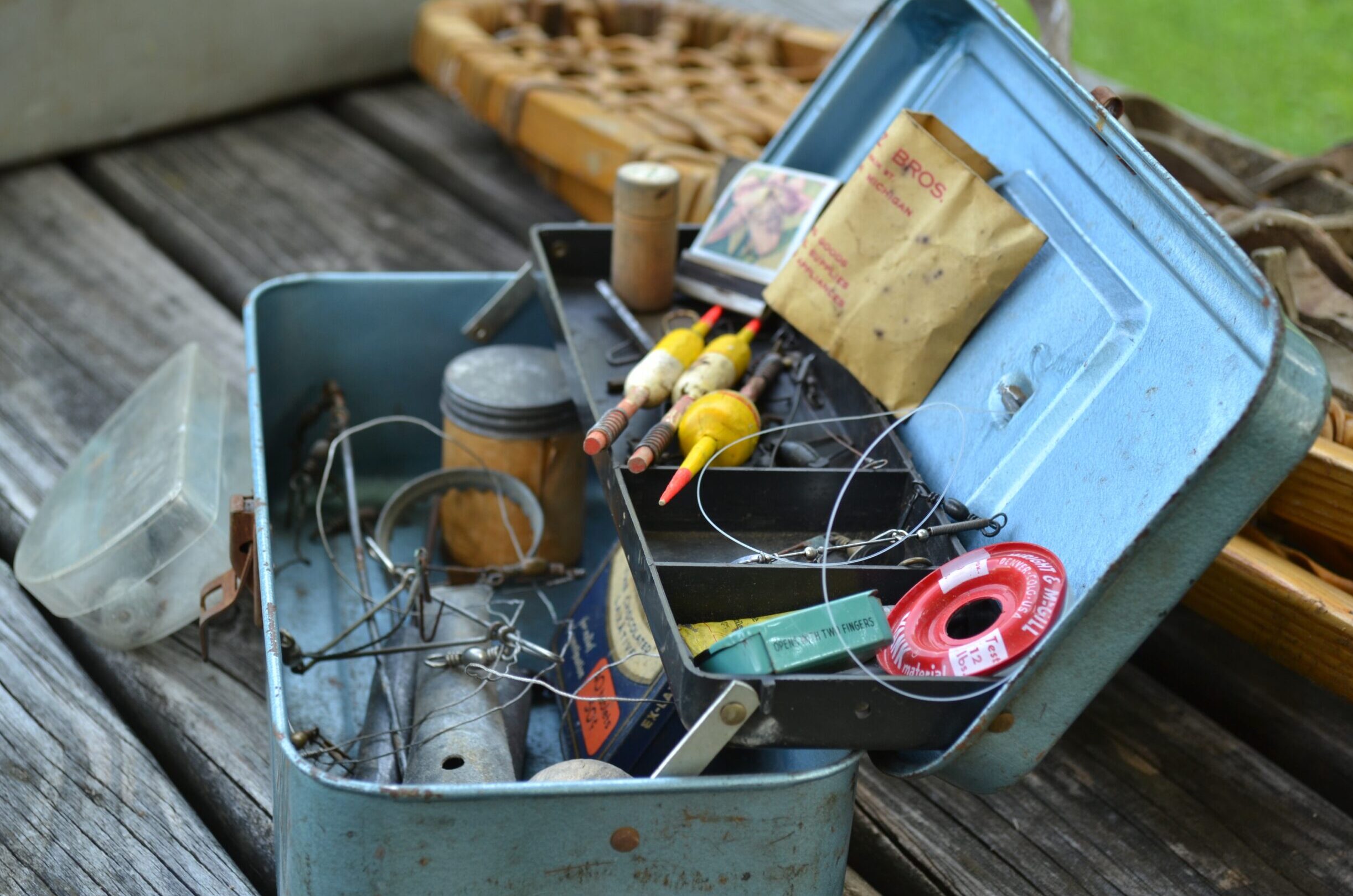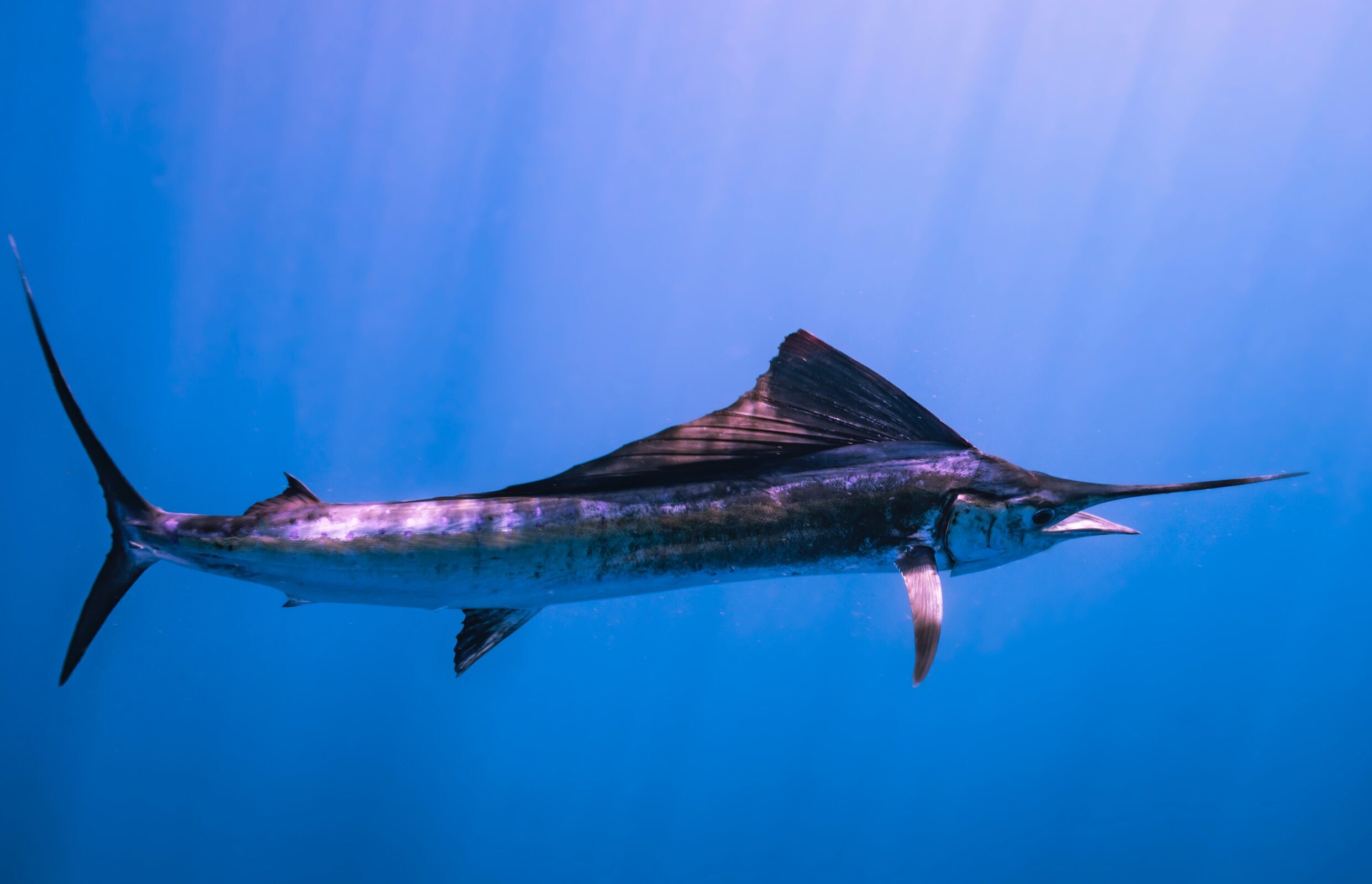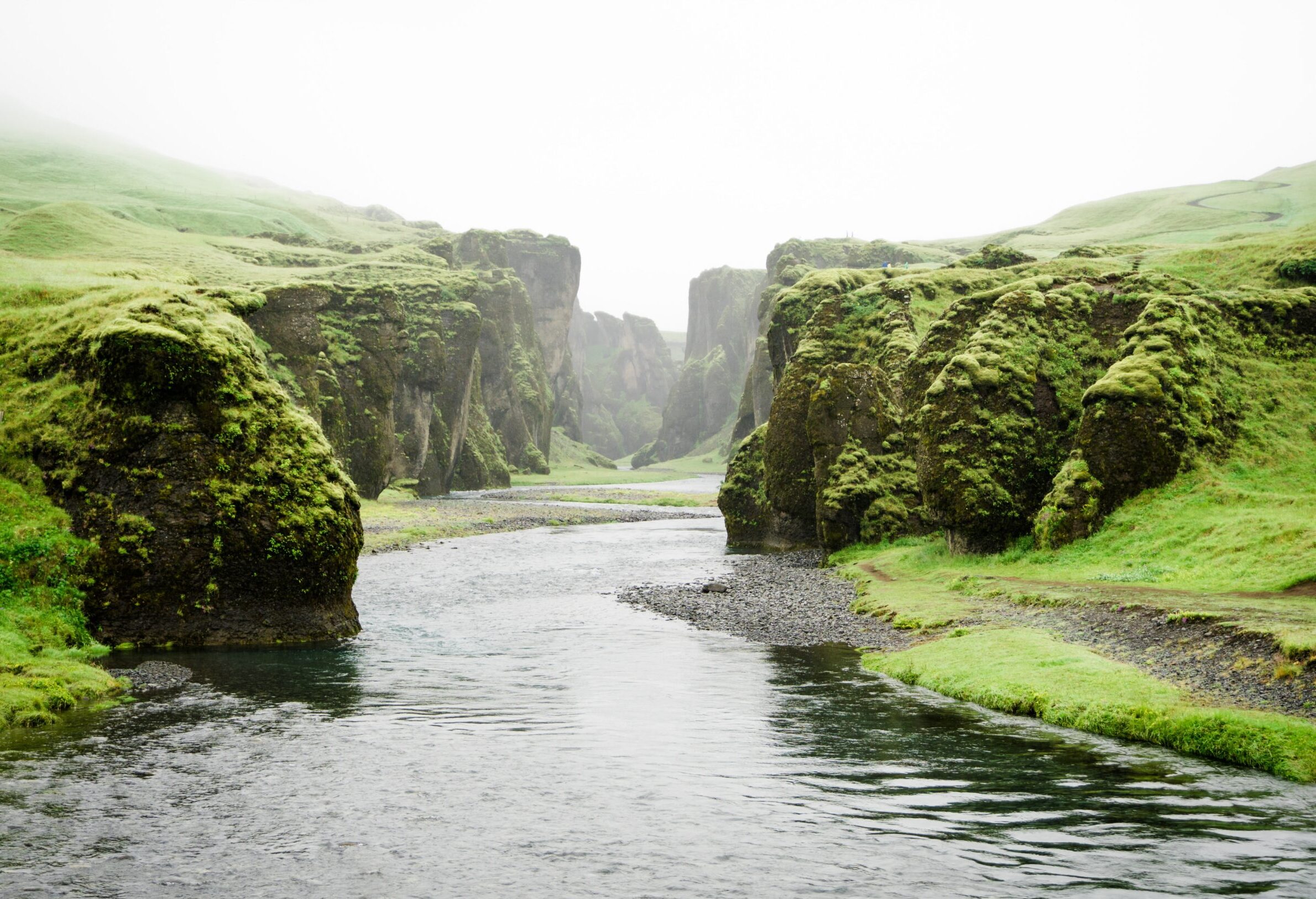Bass fishing is an exciting and rewarding sport that has been enjoyed by anglers for generations. Whether you are a seasoned pro or just starting out, there is always something new to learn about landing the perfect catch. In this Bass Fishing 101 guide, we will explore everything from the different types of bass to where to find them, what equipment you need, and the best baits and lures to use. So grab your gear and get ready for some fin-tastic tips on how to reel in both largemouth and smallmouth bass!
The Different Types of Bass
Bass is a broad term that can refer to several species of fish. However, when most people talk about bass fishing, they are usually referring to two primary types: largemouth and smallmouth bass.
Largemouth bass are the more commonly known variety and can be found in freshwater lakes, ponds, rivers, and streams throughout North America. They have a distinctive olive-green color with dark blotches down their sides. Largemouths also have an enormous jawline that extends past their eyes.

Smallmouth bass, on the other hand, are typically smaller than their larger counterparts but offer just as much excitement for anglers. They tend to inhabit cooler waters such as rocky streams or clear lakes and rivers in the northern United States and Canada. Smallmouths have a brownish-green coloration with vertical stripes along their sides.
While both largemouth and smallmouth bass share some similarities in habitat preference and feeding habits, it’s essential to know which type of fish you’re targeting before heading out on the water. This knowledge will help you choose the right equipment, bait/lures strategy for your fishing trip.
Where to Find Bass
When it comes to bass fishing, knowing where to find the fish is crucial for a successful day on the water. Largemouth and smallmouth bass can be found in various bodies of water such as lakes, rivers, streams, and ponds.
In lakes, look for areas with structure such as weed beds, drop-offs, channels or points. Bass like to hang out around these structures because they provide cover and ambush points for prey. In addition, shallow bays that receive a lot of sunlight are also great spots to find bass since they prefer warmer waters.
In rivers and streams, focus your efforts near current breaks such as eddies or behind rocks where the water flows slower. This is because bass like to conserve energy by sitting in calm waters while still having access to food from the faster-moving currents.
Ponds are often overlooked but can offer some of the best bass fishing opportunities. Look for underwater structure such as fallen trees or brush piles that provide cover for bass. Also consider checking out any inflowing creeks or springs since these areas tend to have cooler waters which attract baitfish.
Remember that when you’re looking for bass you should always keep an eye out for their preferred habitat which includes both shelter and food sources!
What Equipment You Need to Fish for Bass
Before you hit the water for a bass fishing trip, it’s crucial to ensure that you have all the necessary equipment. Here are some of the things you’ll need:
Firstly, a good quality rod and reel is essential. When choosing your gear, consider factors such as line weight and length. This will depend on what type of bass you’re targeting and where you plan to fish. A medium-heavy rod with a fast action paired with a spinning or baitcasting reel is recommended.
You’ll also need an appropriate fishing line to match your rod and reel setup. A braided or fluorocarbon line works well for bass fishing due to their strength and sensitivity.
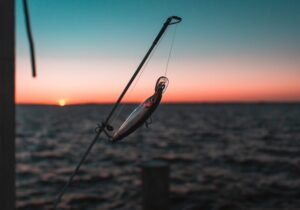
A variety of lures can be used when fishing for bass, including jigs, crankbaits, soft plastics like worms or swimbaits, topwater baits like frogs or buzzbaits and spinnerbaits. It’s important to carry different types so that if one isn’t working in the conditions available then another can be tested out.
Fishing pliers are handy tools that help remove hooks from caught fish without injuring them while needle-nose pliers make it easier to change lures.
Don’t forget about other important safety items: sunglasses protect your eyes from glare off the water surface while sunscreen helps prevent sunburns during prolonged hours in sunlight; wearing life jackets also ensures everyone stays safe around water bodies!
The Best Baits and Lures for Bass
One of the most important aspects of catching bass is using the right bait and lures. There are a variety of options available, but some have proven to be more effective than others.
Soft plastics like worms, crawfish, and lizards are popular choices for attracting largemouth bass. They mimic natural prey that these fish feed on in their habitat. Jerkbaits are another option that can imitate injured minnows or shad, which smallmouth bass tend to prefer.
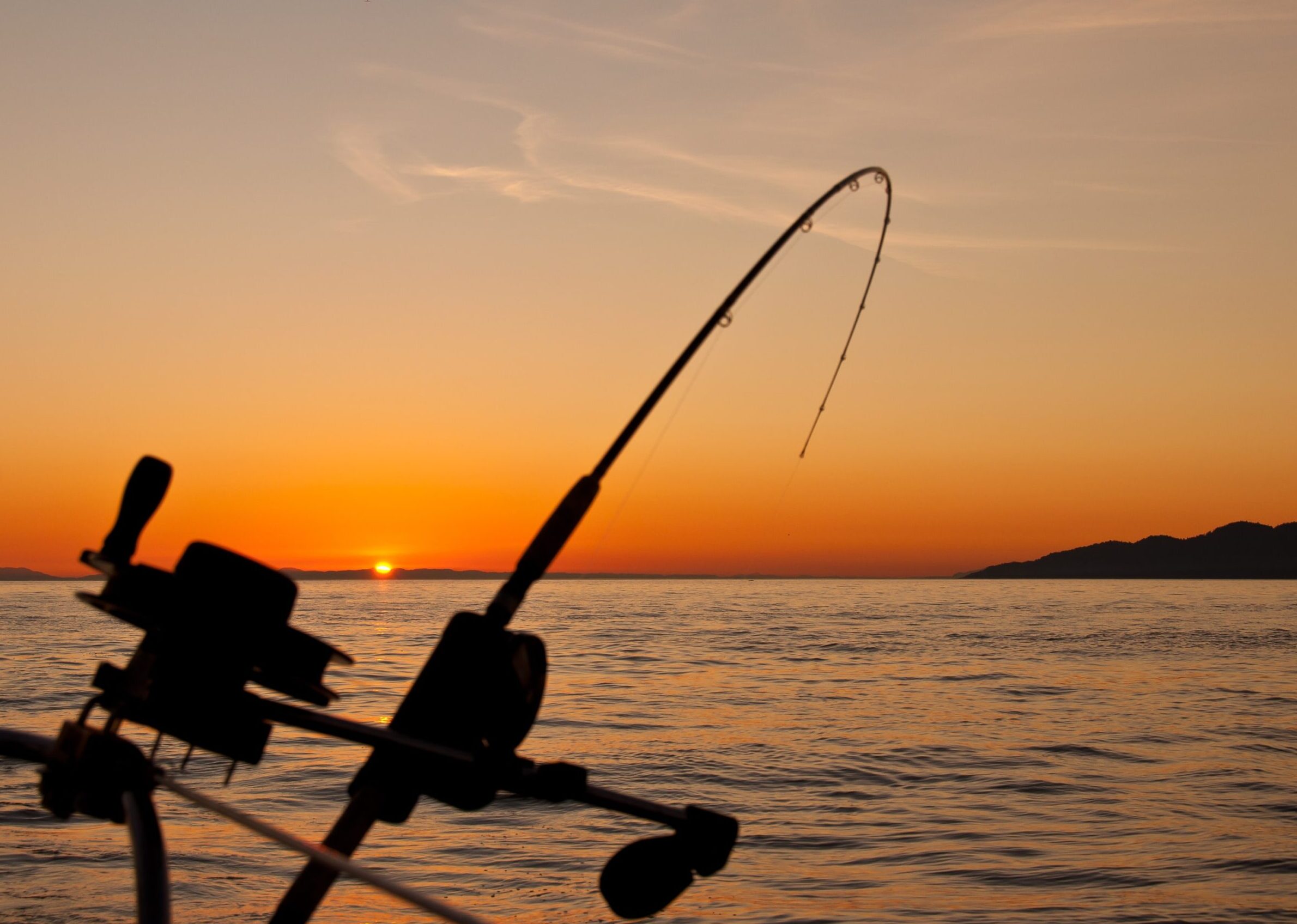
Spinnerbaits and topwater lures work well for both types of bass. Spinnerbaits create vibrations in the water that attract curious fish while topwater lures mimic insects or other creatures skimming across the surface.
Crankbaits come in a range of sizes and shapes, making them versatile for different fishing conditions. They are designed to look like baitfish swimming through the water and can be used effectively in both shallow and deep waters.
Ultimately, choosing the best baits and lures will depend on factors such as weather conditions, time of day, location, and personal preference. It’s always a good idea to experiment with different options until you find what works best for you when out on your next fishing trip!
Fishing Techniques for Bass
When it comes to fishing for bass, using the right technique can make all the difference. Here are some tried and tested techniques that you can try on your next bass fishing trip.

Firstly, one of the most popular techniques is called “flipping and pitching.” This involves dropping your bait or lure into a specific location with pinpoint accuracy, such as under a dock or close to cover. It’s important to keep your line tight and be ready for any sudden movements from the fish.
Another technique is called “jigging,” where you move your bait up and down in a vertical motion. This works well when trying to entice fish that are huddled near rocks or other underwater structures.
Crankbaiting is another popular technique that involves using lures designed to mimic small fish. Cast out your crankbait and then reel it back in, varying the speed until you find what works best for attracting bites.
Topwater fishing is also effective when bass are feeding on insects at the surface of the water. Use lures like poppers or frogs and then create a splashing sound by jerking them across the top of the water.
There are many different techniques you can use when fishing for bass so don’t be afraid to experiment until you find what works best for you!
How to Clean and Cook Bass
After a successful day of bass fishing, it’s time to clean and cook your catch. Here’s how you can prepare your bass for dinner:
1. Clean the fish: Remove the scales using a scaler or knife. Cut off the head and tail, then make an incision down the belly. Use your fingers or pliers to remove the guts.
2. Fillet the fish: Lay the fish on its side and use a sharp filleting knife to cut along the backbone from head to tail.
3. Cook your bass: There are many delicious ways to cook bass, such as frying, grilling, baking or broiling. Simply season with salt and pepper or use herbs and spices for added flavor.
Remember that cooking times will depend on size and thickness of fillets so be sure not to overcook them!
Catching large-mouthed and smallmouthed bass requires strategic planning in terms of location scouting, equipment selection, bait choices and technique execution; but by following these tips mentioned above you should be well-equipped for any fishing adventure! And after all that hard work out on the water there is nothing better than enjoying some freshly caught deliciously cooked Bass!
